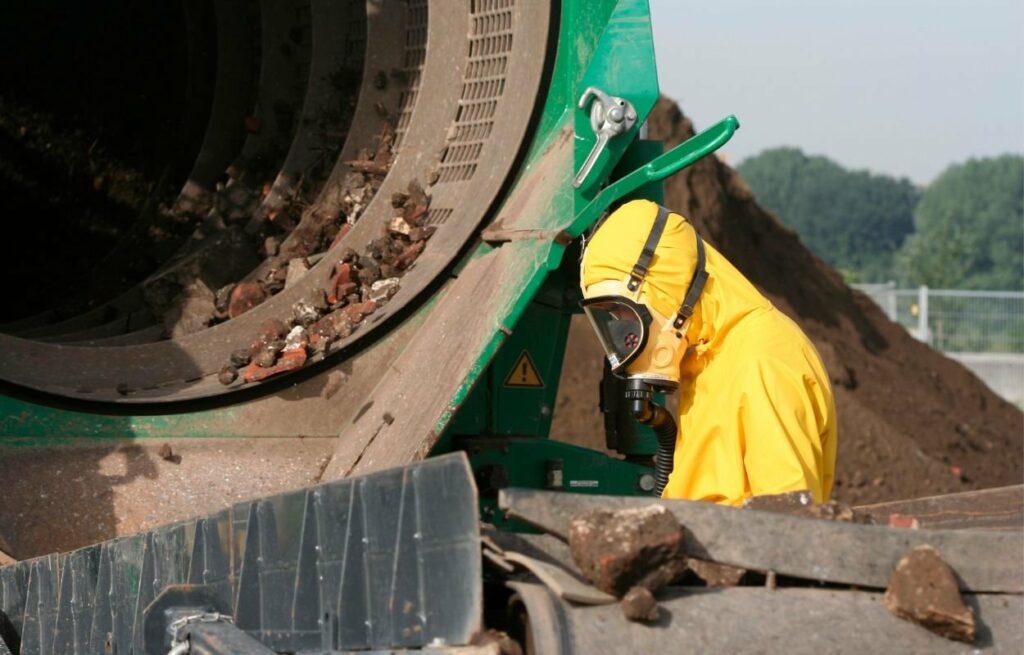
If you own an older home, you’ve probably heard about asbestos. Maybe you’ve even wondered if it’s hiding somewhere in your house. The word itself sounds a little scary, and for a good reason. Asbestos was widely used in construction for decades before people realized how dangerous it could be. If it’s disturbed, it can release tiny fibers into the air that are harmful to breathe in. That’s where asbestos abatement comes in.
So, what exactly is asbestos abatement, and why should you care? Let’s break it down in simple terms so you can make informed decisions about your home’s safety.
WHAT IS ASBESTOS, AND WHERE CAN IT BE FOUND?
Asbestos is a natural mineral that was once prized for its fire resistance, durability, and insulation properties. Builders used it in homes, schools, and commercial buildings for decades. It can be found in all sorts of materials, including insulation, floor tiles, popcorn ceilings, siding, and even certain adhesives.
If your home was built before the 1990s, there’s a good chance asbestos is lurking somewhere inside. The tricky part is that asbestos isn’t dangerous unless it’s disturbed. If it’s intact and left alone, it’s usually not a health risk. But if materials containing asbestos become damaged or are improperly removed, those harmful fibers can get into the air, where they can be inhaled.
WHY IS ASBESTOS DANGEROUS?
You’ve probably heard that asbestos exposure is linked to serious health issues. That’s absolutely true. Breathing in asbestos fibers can cause lung diseases like asbestosis, lung cancer, and mesothelioma, a rare and aggressive form of cancer. The scary part? Symptoms may not appear until decades after exposure.
Because of these risks, handling asbestos is not a DIY project. If you suspect asbestos in your home, you need to call in the professionals. That’s where asbestos abatement comes into play.
WHAT IS ASBESTOS ABATEMENT?
Asbestos abatement is the process of safely removing or containing asbestos materials to prevent exposure. It’s a job for trained professionals who know how to handle asbestos without putting themselves or others at risk.
There are two main approaches to asbestos abatement: removal and encapsulation. Removal involves carefully extracting asbestos-containing materials from a building. This is the best option when renovations or demolitions are planned because it eliminates the hazard entirely. Encapsulation means sealing the asbestos in place so fibers can’t escape. This is sometimes used when removing asbestos would be too disruptive or costly.
Both methods require strict safety protocols to ensure asbestos fibers don’t spread during the process.
WHEN SHOULD YOU CONSIDER ASBESTOS ABATEMENT?
If your home has asbestos materials in good condition, you might not need immediate abatement. However, if you plan to renovate, or if you notice damage to materials that could contain asbestos, it’s time to take action.
There are a few situations when asbestos abatement should be a priority. If you’re planning renovations that could disturb asbestos-containing materials, you should have your home checked. If you’ve noticed cracked, crumbling, or deteriorating materials that may contain asbestos, it’s best to have a professional inspect them. If you’re buying or selling a home and need to ensure it’s asbestos-free, an inspection is a good idea. If your home has suffered damage from a fire, flood, or storm, which may have disturbed asbestos materials, you should also consider abatement.
THE ASBESTOS ABATEMENT PROCESS
Professional asbestos abatement follows a strict process to ensure safety. First, a certified inspector will take samples from suspected materials and send them to a lab for testing. This confirms whether asbestos is present. Next, before removal begins, workers seal off the affected area with plastic sheeting and create negative air pressure to prevent fibers from escaping. If removal is necessary, professionals carefully extract asbestos materials, following all safety guidelines. If encapsulation is chosen, they apply a special sealant to lock in asbestos fibers. Once removal or encapsulation is complete, all asbestos materials are sealed in special containers and disposed of according to local regulations. The area is thoroughly cleaned to ensure no stray fibers remain. After abatement, air quality testing ensures that the space is safe for re-entry.
WHY DIY ASBESTOS REMOVAL IS A BAD IDEA
You might be tempted to handle asbestos removal yourself to save money, but this is a huge mistake. Asbestos fibers are microscopic, and without the right equipment and expertise, you could easily expose yourself and your family to serious health risks.
In fact, in many places, removing asbestos without proper certification is illegal. Improper removal can also contaminate your home, making the situation worse and more expensive to fix.
CHOOSING THE RIGHT ASBESTOS ABATEMENT PROFESSIONALS
Not all asbestos abatement companies are created equal. When looking for a qualified team, consider whether they are licensed and certified for asbestos abatement. Look for experience with homes in your area, and check if they can provide references or reviews from past clients. Ensure they follow all local and federal safety regulations, and confirm that they are insured in case of accidents.
If you’re looking for asbestos abatement in Port Alberni, make sure to choose a company that understands the local regulations and has a solid reputation.
HOW MUCH DOES ASBESTOS ABATEMENT COST?
The cost of asbestos abatement varies depending on the size of the job, the amount of asbestos present, and whether removal or encapsulation is needed. On average, homeowners can expect to pay anywhere from a few hundred to several thousand dollars.
While this may seem expensive, consider it an investment in your home’s safety and your family’s health. Plus, hiring professionals ensures the job is done correctly and in compliance with all safety standards.
FINAL THOUGHTS
If your home contains asbestos, don’t panic. As long as it’s undisturbed, it may not pose an immediate risk. But if you’re planning renovations or suspect that asbestos materials have been damaged, professional asbestos abatement is the safest way to handle it.
If you need asbestos abatement in Port Alberni, don’t hesitate to reach out to experts who can assess your home and guide you through the process. Protecting your home and health should always be a top priority. When it comes to asbestos, it’s always better to be safe than sorry.


